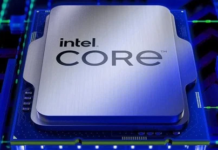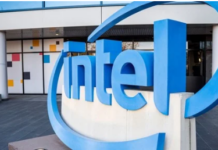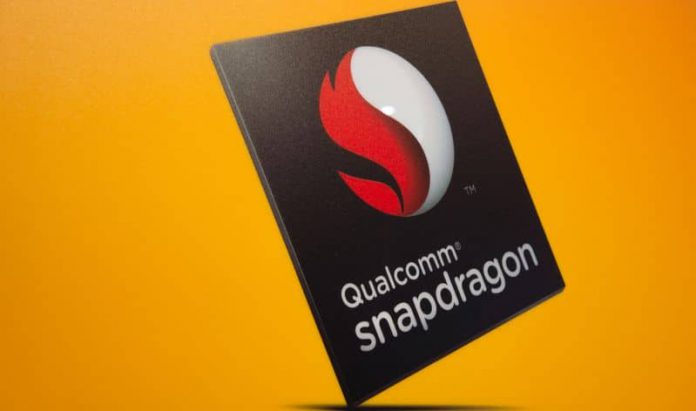Today will officially be presented the Snapdragon 820 processor. At the dawn of this presentation, Qualcomm insists and puts a layer on Twitter: no, the Soc does not overheat!
Today, Qualcomm will officially introduce its Snapdragon 820, a high-end processor for 2016, in New York City. And before the event, the company’s direct marketing company wanted to put things right via a tweet in which it clarified that not only does the Snapdragon 820 not overheat but also that its thermal performance goes beyond Qualcomm’s expectations.
820 is turning out amazing and meeting or beating OEM thermal requirements. You’ll feel cool having an 820 phone. https://t.co/MdlXiG3aGy
— Tim McDonough (@timamcdonough) November 5, 2015
Every launch of a new product is often synonymous with great promise. Does this mean that this means that they will be held? Following the controversy over Snapdragon 810’s overheating problems, Qualcomm never acknowledged the problem, claiming that everything that could be read on the subject was just. Today, however, the stakes are quite another. Qualcomm is no longer entitled to error and is fully aware of it.
In addition, the company seems to have done everything possible to avoid the problems of overheating specific to the 810. Its latest processor will be visibly engraved in 14 nanometers via Samsung’s FinFET production process and promises to offer twice as much power and energy efficiency doubled compared to its predecessor.
Apart from the four custom Kryo cores that make up the CPU part, all the optimizations needed to avoid overheating and preserve battery life seem to be part of the game, not to mention the Adreno 530 GPU which should offer out-of-the-ordinary graphics performance and 40% higher than those of the Adreno 430. The SD820 is expected in many smartphones including the Xiaomi Mi5 and some variants of the Samsung Galaxy S7.
































